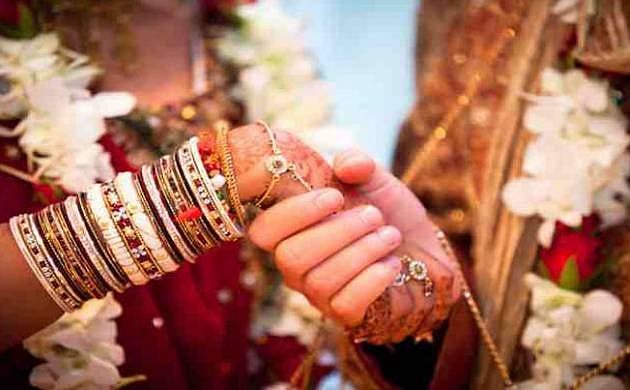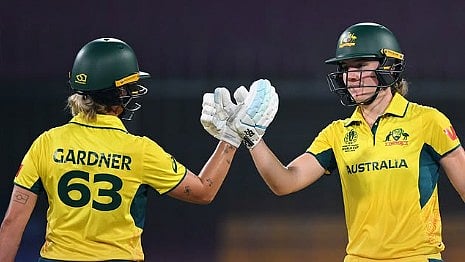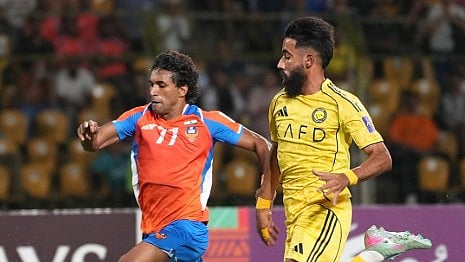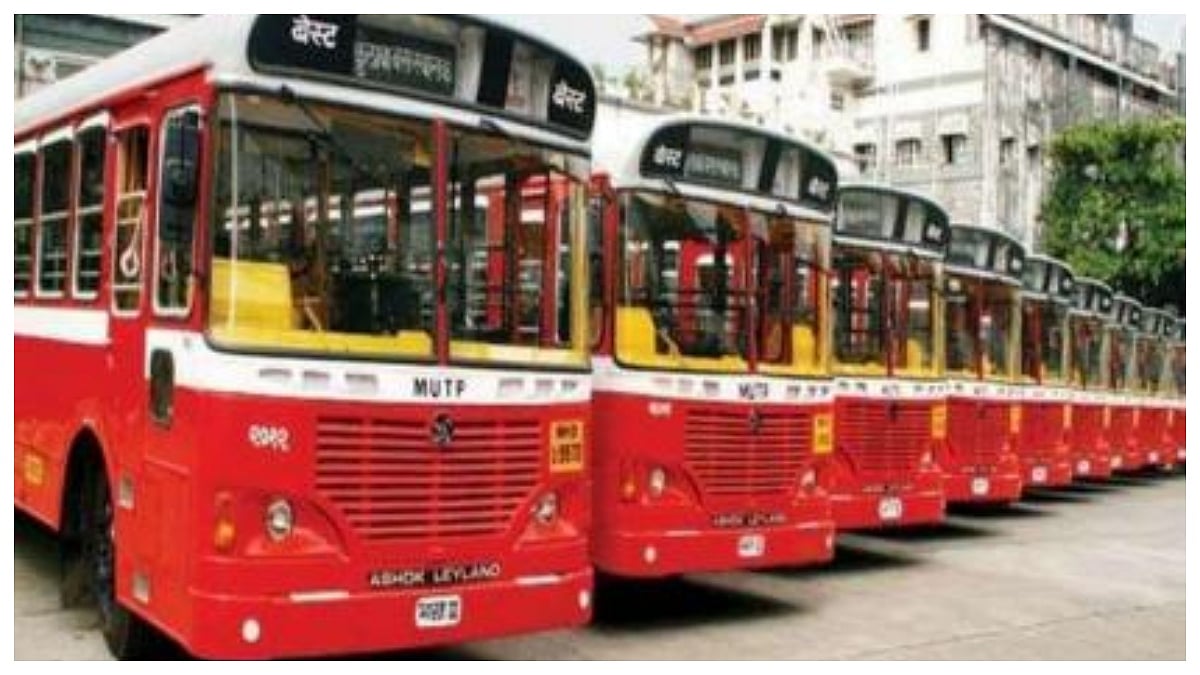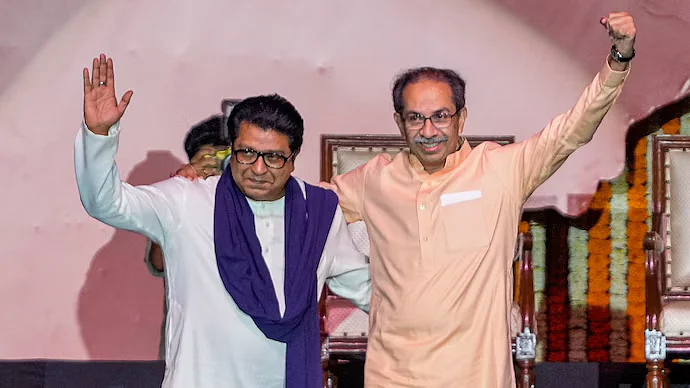The legal age of marriage for females in India is likely to be revised from 18 years of age to 21, as the government has formed a high-level committee to go into the matter and submit recommendations. Earlier, it was increased from 15 to 18 in 1978, as an amendment to the Sharda Act of 1929. Since 1978, the minimum legal age for marriage has been 18 for females and 21 for males.
This is one step of the existing political dispensation that can and should be appreciated by all level-headed people without any presupposition. Raising the legal age of marriage for women from 18 to 21 years will do a whale of a good.
Eighteen is really no age to marry, though the country is still steeped in child marriages and their ill-effects. Marriage is a paradigm shift in an individual's life. Much more than a man, it's something that impacts a woman's life in a permanently overwhelming manner because she has to bear children. To perpetuate progeny, there must be an increase in the existing legal age for women.
Today's India may appear to be in favour of certain shibboleths like child marriage, early marriage and all marriage-related ramifications, but it's worthwhile to mention that early Indian society didn't approve of early marriages for men and women! Before that I must make it amply clear that I'm not a neo-Hindu (I'm an apatheist) singing peans, panegyrics and plaudits for India's 'glorious' Hindu past. I'm just stating the fact sans any tilt or inclination towards any political or religious system.
Eliot and Dawson's 'Indian History Told by its Own Historians' clearly mentions that despite very young and pre-pubescent girls being married off by the parents in ancient India, it wasn't a norm. Chanakya says in Niti Shastra: Naranaam vivheshu, pratidhwan ayuasthi/Sarvangeshu pratidhanam, shaaririk, manasik cha sarventu itar dwidasham (A girl must be mentally, physically and emotionally mature to go into an alliance called marriage and that comes only when she crosses the age limit of 20, dwidasham!).
An 18-year-old girl is a teen and a girl in teens is just unable to shoulder the Herculean burden of a marriage. She's physically unfit to marry because her reproductive organs are not fully developed till the age of 20.
Sage Malang Vatsyayan's Kamasutra (this is NOT a sex manual; this is a treatise on human life, in which sex is just an important but fringe element) states in chapter 6: Vivah dharmasye upyuktam aayu iti striyanam parivrette (only after a mature age, should a woman marry), though he didn't mention that age. But it's sagacious enough to surmise that he must have thought of a certain mature age for a girl to marry.
The Vedic India clearly and categorically declared that a woman must cross dwidasham (20 years of age) to marry. Even Sir V S Naipaul, who was critical of everything that India has or had in the past, mentioned in his proscribed book, 'An Area of Darkness' (what an irony!), 'Only after the 10th century, when Turks and invaders began to pound and pummel the subcontinent, many liberal norms underwent a sea-change and new norms were embraced which actually reeked of obscurantism and being regressive for a whole nation.'
Can you believe that in all 18 Puranas of ancient India, there's no mention of a young girl getting married at an early age? Matsya and Garud Puran set a woman's marriageable age at 20 years, much better than 15 or even 18!
An early marriage often stymies a woman's aspirational growth and her all-round development. Sociologist Meera Kosambi, who worked extensively on child marriages, early marriage of girls and marital dissent, wrote that, 'When a woman gets married before her 20s, she somewhere thinks of herself as a cumbersome commodity to get rid of by her parents. This kills all her dreams and hopes and a sense of unbelonging and being undesirable overwhelm her.' Very true.
The early marriage of a girl is an example and exercise in social and familial commodification. We're living in an age of social equality and gender egalitarianism. At this age, a woman getting married in her teens is not just unfortunate, it's also against the spirit of ancient India's uprightness and gender parity when Lopamudra could say, nay thunder, in the 4th century: Na hante paripakvam parinayastu netinam (Until a woman is mature in all respects and on all fronts, she must never marry). What an epochal thought and a seminal exhortation so many centuries ago, that too, by a woman who was a philosopher discoursing on a par with scholarly men!
It's therefore, time to realise that a woman can be truly empowered only when she has the age on her side to be prudent and sane enough to decide on marriage.
Finally, to quote Hindi humorist Kaka Hathrasi's pithy words: Tabhi shaadi kare ladki/Jab samajh mein aaye uski (a woman must marry when she comes of age).
Marriage is not child's play, to tie the knot without understanding its far-reaching complexities and implications. Ergo, it's really laudable to increase the existing age of marriage for women by three years. We all need to endorse this revolutionary proposal sans any political bickering and mud-slinging whatsoever.
The writer is an advanced research scholar of Semitic languages, civilizations and cultures.
